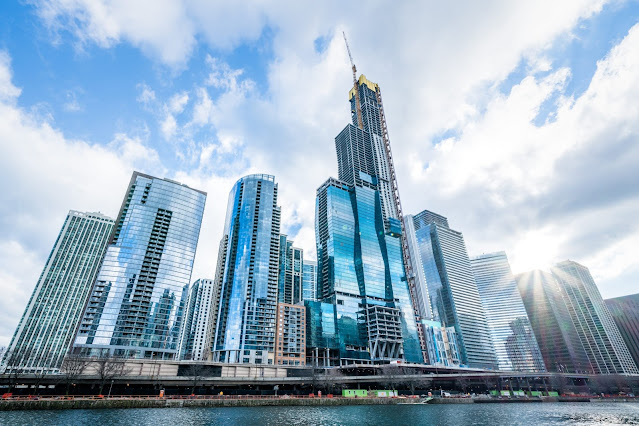Understanding Building Code Compliance: Key Factors And Best Practices
 |
| Building Code Compliance |
Building code compliance is an essential aspect of construction that ensures buildings are safe, structurally sound, and in line with local regulations. Adhering to building codes helps protect occupants, maintain property values, and reduce potential legal issues. In this article, we'll explore key factors and best practices for achieving building code compliance.
What Is Building Code
Compliance?
Building
Code Compliance refers to the process of designing,
constructing, and maintaining buildings according to local, regional, and
national building codes and standards. These codes are designed to ensure
safety, functionality, and accessibility, and they cover various aspects of
construction, such as structural integrity, fire safety, electrical systems, plumbing,
and accessibility.
Key Factors in Building
Code Compliance
1. Local
Regulations: Building codes can vary significantly
from one region to another. It's important to understand and comply with the
specific codes and standards applicable to your location.
2. Permits
and Inspections: Obtaining necessary permits and
undergoing inspections at various stages of construction are crucial for
ensuring code compliance.
3. Design
and Planning: Collaborating with experienced
architects and engineers can help ensure that your building's design aligns
with code requirements.
4. Material
Selection: Choosing appropriate and code-compliant materials
for construction, such as fire-resistant or environmentally friendly options,
is important for safety and sustainability.
5. Accessibility:
Ensuring that buildings are accessible to all individuals, including those with
disabilities, is a key aspect of building code compliance.
Best Practices for
Achieving Building Code Compliance
1. Stay
Informed: Regularly review local building codes and updates
to stay informed about the latest regulations and requirements.
2. Hire
Qualified Professionals: Work with experienced architects,
engineers, and contractors who are familiar with building codes and can ensure
compliance.
3. Plan
Thoroughly: A well-thought-out construction plan
that considers all code requirements from the outset can prevent costly
mistakes and delays.
4. Document
Everything: Keep detailed records of permits,
inspections, and any changes made during construction to demonstrate compliance
and resolve any disputes.
5. Conduct
Regular Inspections: Regular inspections throughout the
construction process can catch potential issues early and ensure that work
remains on track.
Building code compliance
is a critical aspect of construction that ensures buildings are safe and
functional. By understanding key factors and best practices, you can navigate
the complex world of building codes and regulations with confidence.
Prioritizing compliance from the beginning can save time, money, and stress in
the long run while contributing to a safer and more sustainable built
environment.
Check
more trending articles related to this topic:
Global
Hair Transplant System Market



Comments
Post a Comment